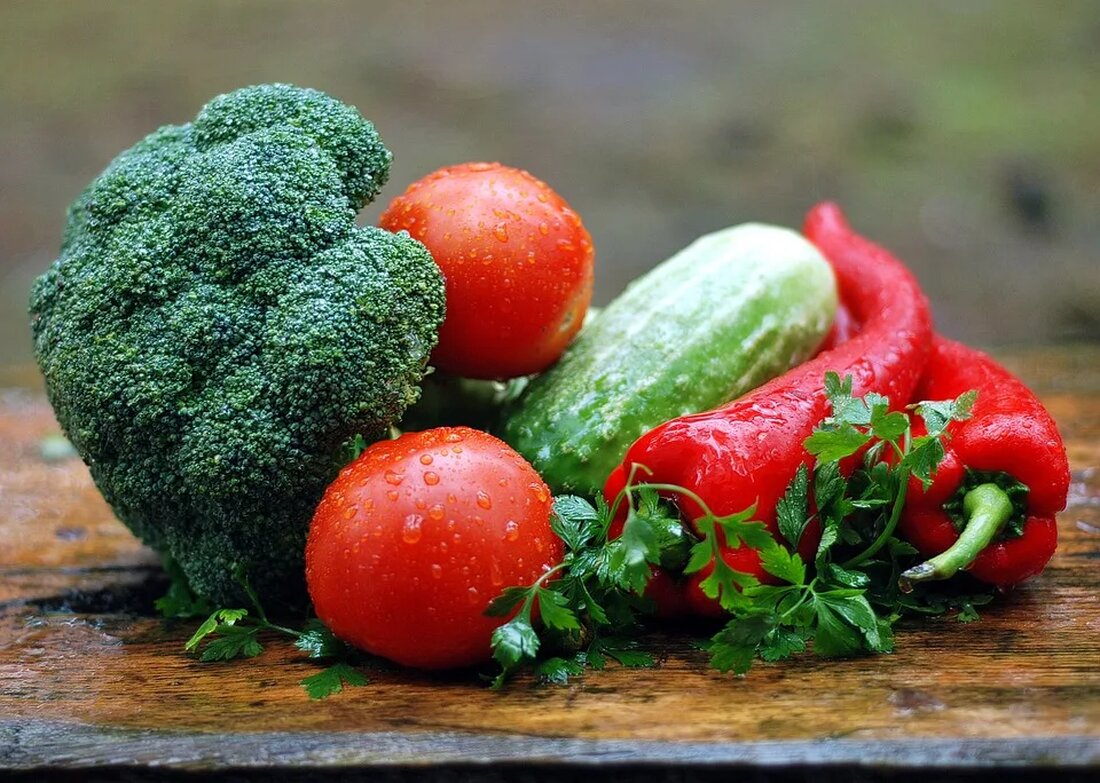Climate -friendly nutrition: a guide
Climate-friendly nutrition: A training ground for everyone It is a fact that climate change starts on our plates. The way we produce, distribute and consume food has a direct impact on our climate. Therefore, the term “climate-friendly nutrition” is more than just a buzzword; rather, it is a necessity and an urgent call to change our eating habits. But what does a 'climate-friendly diet' actually mean? What advantages does it bring and how can we implement it in everyday life? In this article we will try to bring answers to these questions. Definition and meaning of climate-friendly nutrition Definition Under...

Climate -friendly nutrition: a guide
Climate-friendly nutrition: A training field for everyone
It is a fact that climate change on our plates begins. The way we produce, distribute and consume food has a direct impact on our climate. Therefore, the term "climate -friendly nutrition" is more than just a catchphrase; Rather, it is a necessity and an urgent call to change our eating habits. But what does a 'climate -friendly diet' actually mean? What advantages does it bring with herself and how can we implement them in everyday life? In this article we will try to bring answers to these questions.
Definition and meaning of climate-friendly nutrition
definition
Climate -friendly nutrition means consumption of food, which have a minimal impact on the environment through its entire life cycle, from production to disposal. This type of nutrition favors foods that consume little resources and have a low CO2 balance.
Meaning and facts
Around 25-30% of global greenhouse gas emissions come from food production. In addition, the largest proportion of worldwide water consumption is required for food production. In addition, industrial agriculture promotes the loss of biodiversity and contributes to soil erosion and water pollution. By choosing a climate -friendly diet, we can help reduce these loads.
Components of a climate -friendly diet
Less meat and animal products
One of the most effective ways to reduce carbon emissions is to consume less meat and animal products. Animal products are responsible for a high proportion of greenhouse gas emissions, particularly the meat and dairy industries. Producing the same amount of plant-based proteins requires fewer resources and produces fewer emissions than animal proteins.
Seasonal and regional food
Foods that do not correspond to their natural growth cycles and cover thousands of kilometers to reach our plate have a significant CO2 balance. On the other hand, seasonal and regional foods have a lower CO2 footprint and at the same time support the local economy.
Prefer organic food
Organic foods are not only healthier, but also more environmentally friendly. Since less chemicals and synthetic fertilizers are used in ecological farming, the water is less dirty and biodiversity is preserved.
How do you implement a climate-friendly diet?
Gradual changes
A complete diet change can be overwhelming, but Rome wasn't built in a day. Start with small steps, such as going meat-free one day a week or buying seasonal fruits and vegetables at the market.
Inform and learn
Knowledge is a mighty weapon. Find out about the CO2 balance of food, learn how to store and use food correctly to reduce food waste and discover new recipes.
Raise awareness
Share your knowledge and process with others to raise awareness of the question of climate -friendly nutrition.
Conclusion
A climate -friendly diet is not just a trend, but a necessity in the face of current climate change. By changing our eating habits and the choice of more environmentally friendly foods, we can make a significant contribution to environmental protection. It is not just about us, but also about future generations that have the right to a healthy and sustainable planet.

 Suche
Suche
 Mein Konto
Mein Konto
